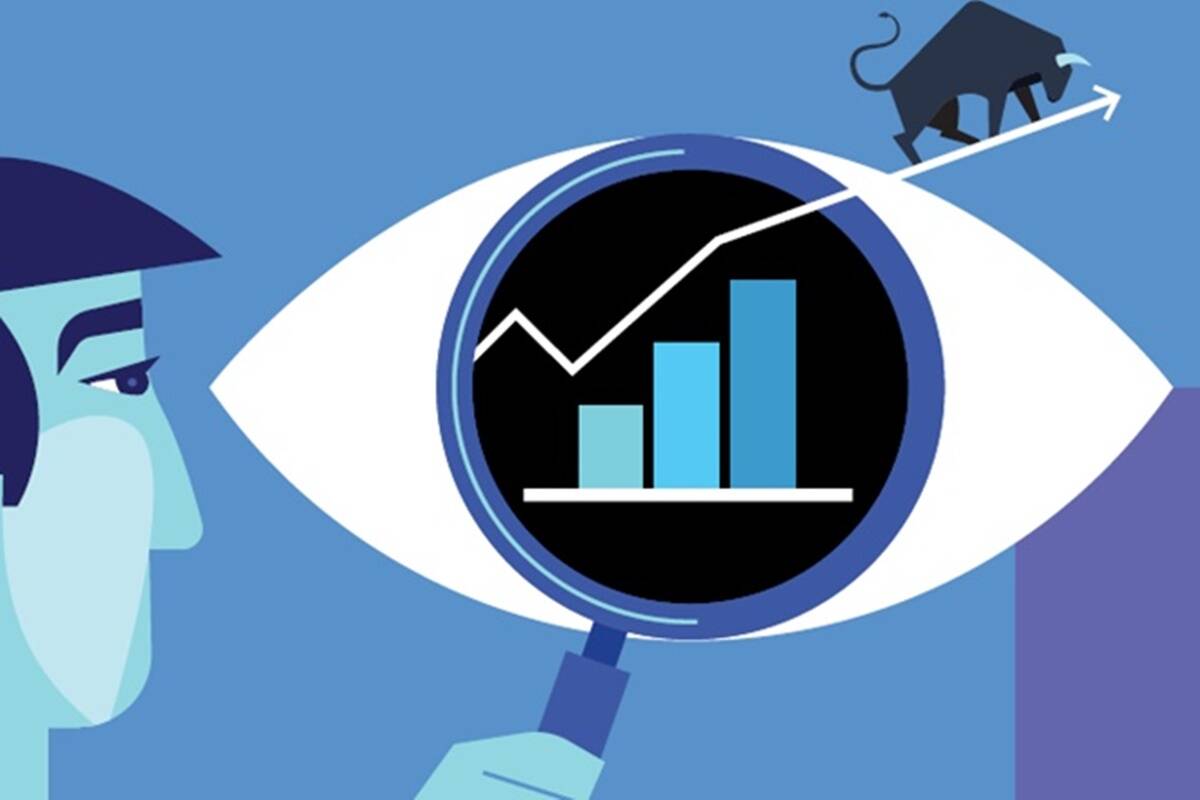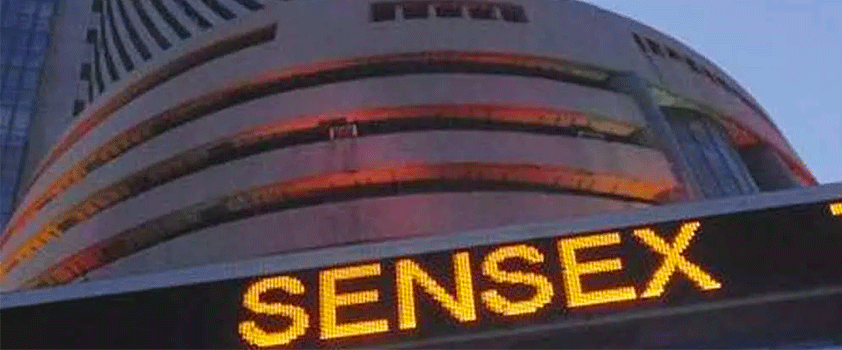The Sensex is the benchmark index of the Indian stock exchange based on 30 stocks, representative of the largest, most financially secure companies listed on the exchange. It was launched on January 1, 1986, and has since become the country’s most important index. The sensitive index is an amalgamation of two words – Sensitive and Index. A measure of stock market activity in India, it has been used as a benchmark for years. It is the oldest index of the Indian stock market, providing time series data for the market.
In addition to serving as a benchmark for fund managers to compare the performance of their funds, Sensex also serves as a proxy for Indian stock markets for investors. As a result, when the value of Sensex increases it means that shares prices generally increase, while when the value of Sensex decreases it means that share prices generally decrease. Due to its composition, Sensex reflects the sentiment of the Indian stock market, since companies from all key sectors are included.
Read Also:- Star Health Insurance IPO
Sensex, commonly referred to as BSE 30, was initially calculated by using the company’s market capitalization or Full Market Capitalization when it was launched before shifting to use a Free-float Market Capitalizationmethodology later on. A company’s free float is the proportion of the company’s shares that are readily tradable by the general public and excludes promoters’ holdings, government holdings, and other shares not available to the general public for trading.

How are the actual 30 companies selected?
- The stock should be listed in BSE: Stocks must have a history of listing on the BSE for at least 12 months for consideration
- Market cap: It should be listed among the top 100 companies based on its full market capitalization.
Frequency of trading activities: For the last year, BSE insists that security trades should have taken place on every trading day. Exceptions to this will be permitted in cases of extreme circumstances.
- The average number of trades and turnover each day: Securities listed in the Top 150 firms by average daily trade number and average daily value of shares traded for the past year should be included in this category
Calculation of Sensex Index:
- To ensure that it reflects current market conditions, the BSE modifies its composition periodically. It is calculated using the free float capitalization method, which is a variation of the market capitalization method.
- In place of outstanding shares, this formula uses the company’s float, i.e., shares that can be traded readily. Capitalization of fewer Directors’ shares is called free-floating capital. The level of the index at each point in time represents the free-float market value of 30 constituent stocks about a base period based on the free float capitalization methodology.
- To calculate the company’s market capitalization, it is multiplied by the number of shares that were issued through corporate actions.
- Based on BSE regulations, Rs. 2501.24 crore should be used as the base market capitalization to calculate Sensex for 1978-79. The base value has to be changed but it is static.
To know more about Sensex or any other terms relating to the stock market, check out the 5paisa website.




